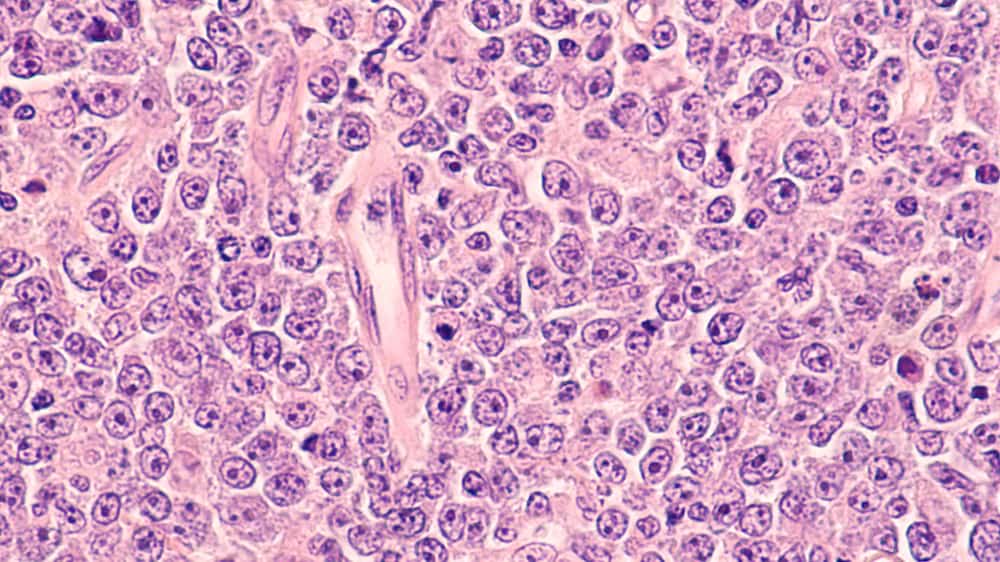Types of lymphoma

There are two categories of lymphoma: Hodgkin lymphoma and Non-Hodgkin lymphoma. Both types of lymphoma have the same symptoms and a very similar appearance. They grow in the lymph nodes and cause similar symptoms. The main distinction between Hodgkin and non-Hodgkin lymphoma is only seen under the microscope when a biopsy sample is taken.
The differences are as follows:
- Hodgkin Lymphoma: This type of lymphoma usually develops in the third or fourth decade of life and affects only B lymphocytes. The primary physical manifestation is swollen lymph nodes, and they start in the neck, armpits, chest, and other areas of the upper body. The distribution of lymph nodes taken by the disease is usually contiguous or found in clusters. It is highly treatable because most cases are diagnosed at an early stage, and 70-80% of patients are cured. This type of lymphoma has distinct features, usually causing a mediastinal mass and symptoms such as itching and pain induced by alcohol consumption.
- Non-Hodgkin Lymphoma: This type of lymphoma encloses everything that is not Hodgkin lymphoma, and it is typically diagnosed in patients over 50 years with an increasing incidence as we grow older. There are over 30 subtypes, and they can develop from B cells or T cells. In most cases, the lymph nodes taken by the disease are not contiguous. Thus, the disease spreads to different areas and different lymph nodes. It is not as specific as Hodgkin lymphoma, and the presentation in patients is often vague. Thus, it is not as easy to diagnose, and patients usually reach an advanced stage before detecting and treating the disease. There are more complications in Non-Hodgkin lymphoma, including uric acid and phosphate elevation, electrolytic disturbances, and tumor lysis syndrome when the intracellular contents are released from rapid cell death.
